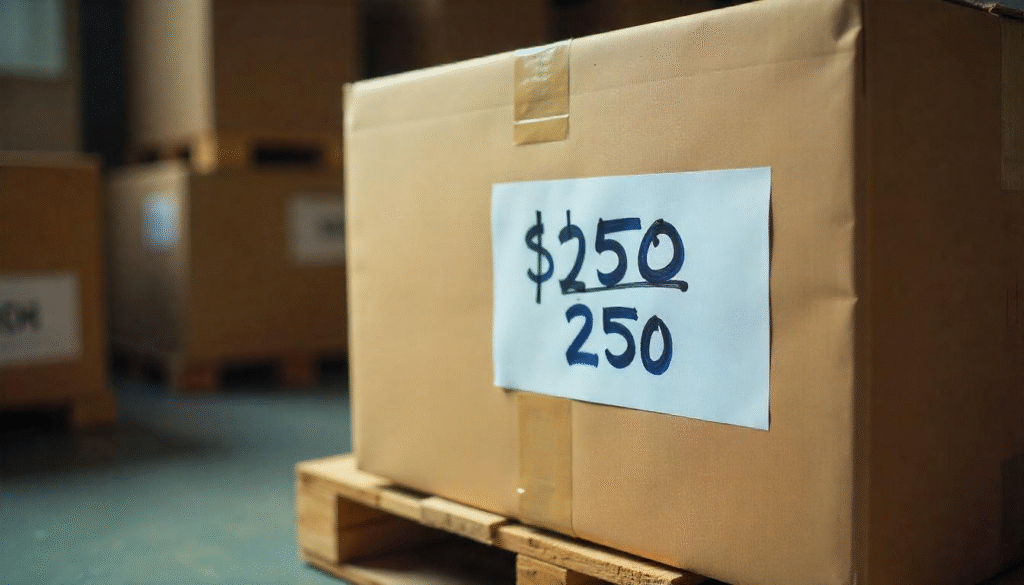Breaking Borders, Not Laws
Exporting is exciting.
Until you hit the wall of compliance chaos.
Many SMEs dream of international orders… only to get stuck in a maze of regulations, red tape, and confusing documentation.
The result?
- Delayed shipments
- Hefty penalties
- Reputational damage
Here’s your clear, guide to navigating the 7 biggest regulatory hurdles in global trade. And how to clear them with confidence.
1. Product Classification Confusion (HS Code Issues)
The Harmonized System (HS) code classifies products for export-import purposes.
Why it matters:
Incorrect HS code = Wrong duties, delays at customs, or rejections.
Fix it:
✔ Use the Indian DGFT or ICEGATE portal to find the right HS code.
✔ Consult with a CHA (Customs House Agent) for accuracy.
✔ Cross-check with destination country databases.
2. Certificate Requirements (COO, FTA, etc.)
Some countries need a Certificate of Origin or FTA benefit forms to offer tax relaxations.
Fix it:
✔ Register with your Export Promotion Council (e.g., FIEO, EEPC, APEDA).
✔ Apply for digital COO through the government e-platform.
✔ Track Free Trade Agreement (FTA) benefits for your export country.

3. Labelling and Packaging Standards
India may allow certain materials or terms. Other countries won’t.
Common Issues:
- Incomplete nutritional info (for F&B exports).
- Non-compliance with recycling or eco-labelling.
- Incorrect measurements (Metric vs. Imperial).
Fix it:
✔ Refer to the WTO TBT (Technical Barriers to Trade) guidelines.
✔ Understand country-specific labelling laws.
✔ Use bilingual or symbolic labels where required.
4. Product Certifications & Approvals
Different markets demand different certifications.
Examples:
🇺🇸 FDA for food & cosmetics.
🇪🇺 CE for electronics and machinery.
🇨🇳 CCC certification for safety compliance.
Fix it:
✔ Identify your category’s regulatory authority.
✔ Get certification before even starting marketing.
✔ Partner with international consultants for faster approval.
5. Trade Restrictions & Banned Product Lists
Some countries ban items due to religious, political, or environmental reasons.
Fix it:
✔ Check WTO Sanitary & Phytosanitary Measures database.
✔ Consult Indian embassies in target countries for alerts.
✔ Stay updated on UN or EU import bans.
6. Customs Valuation & Duty Confusion
Exporters often under-declare or over-declare product value — triggering scrutiny.
Fix it:
✔ Use proper invoice formats with HSN, Incoterms (e.g., FOB, CIF), freight, and insurance details.
✔ Declare consistent prices to avoid blacklisting.
✔ Use customs brokers for high-risk categories.

7. Foreign Exchange Regulations & Invoicing
Many exporters ignore RBI and FEMA guidelines on receiving payments from foreign buyers.
Fix it:
✔ Raise invoices in allowed currencies.
✔ Use RBI-approved methods: Bank transfers, PayPal (within limits), payment gateways.
✔ File export proceeds using EDPMS system in time to avoid penalties.
Final Tips to Stay Compliant:
- Register for IEC Code via DGFT.
- File LUT (Letter of Undertaking) for GST-free exports.
- Partner with a certified CHA (Customs House Agent).
- Get listed on DGFT, ICEGATE, and Indian Trade Portal.
- Always insure your export shipments – especially when shipping via sea.
The Bottom Line
Compliance is not a cost. It’s your clearance pass to scale.
SMEs who master regulation early grow faster, attract better buyers, and avoid last-minute panic.




